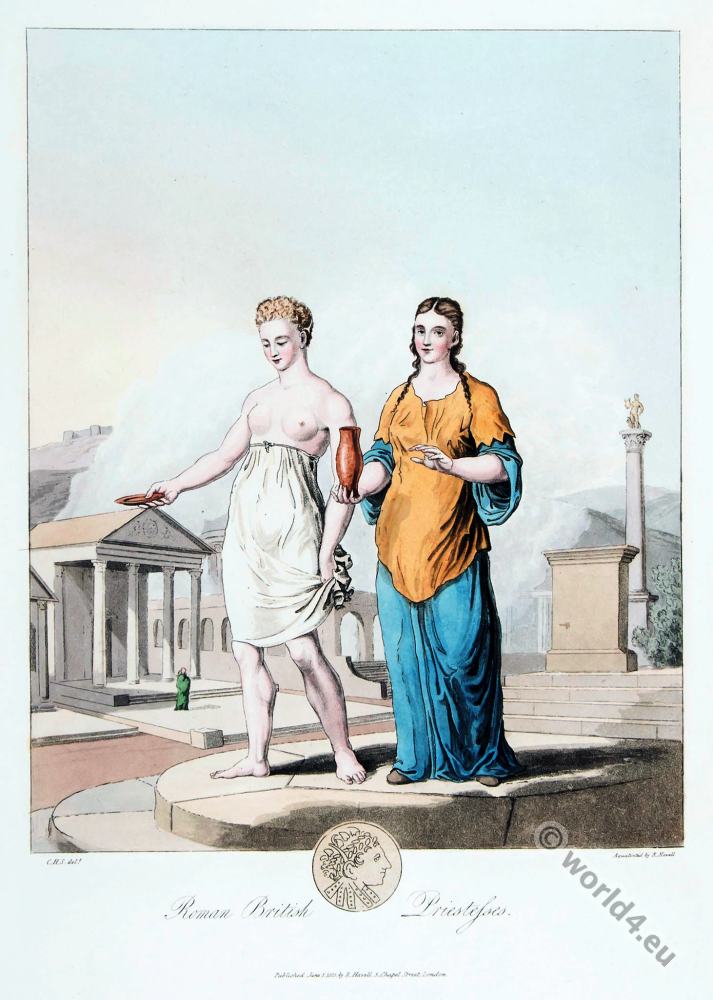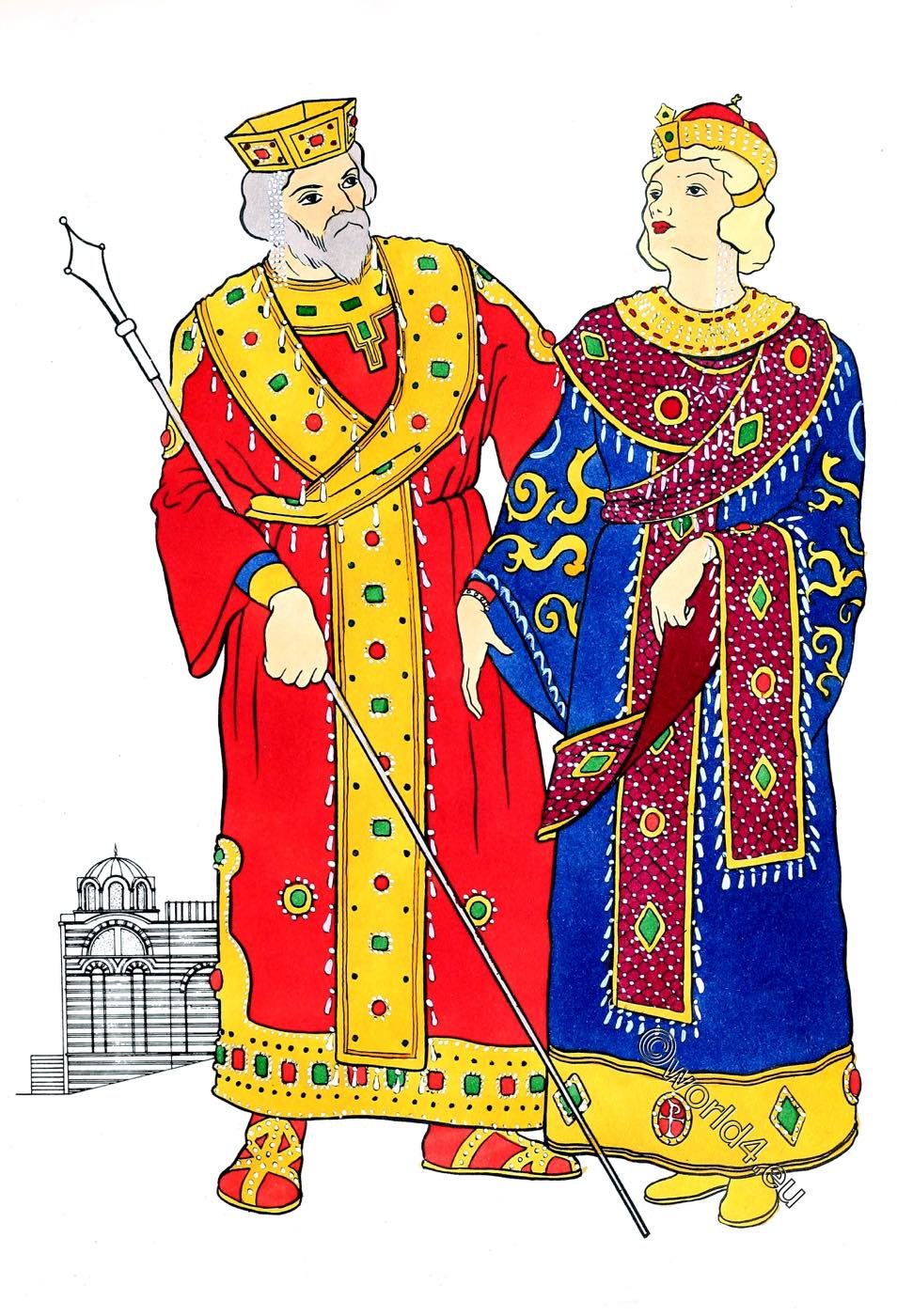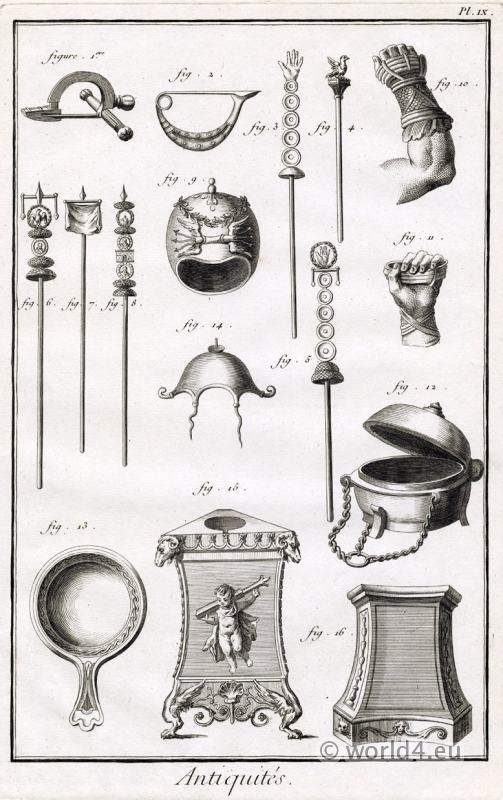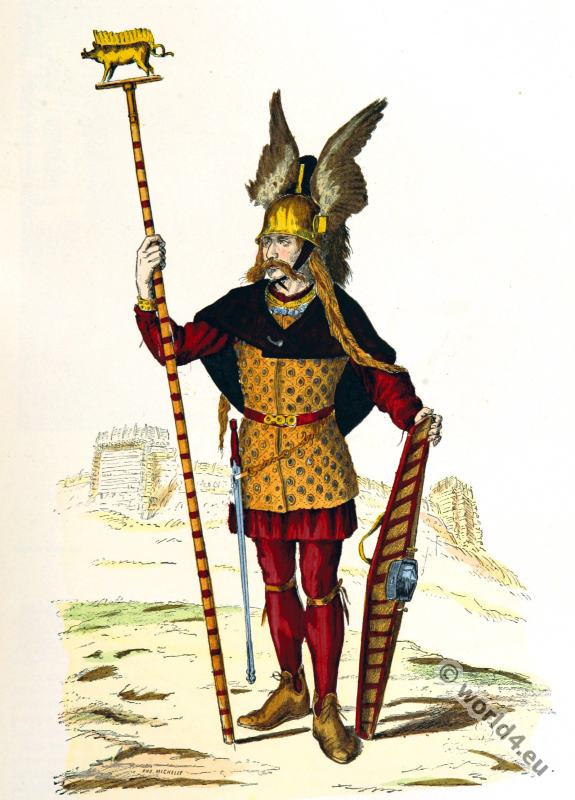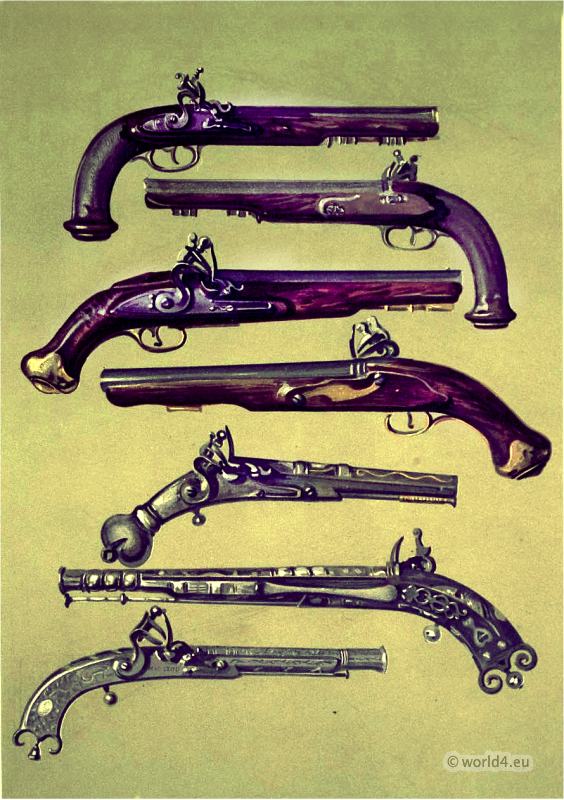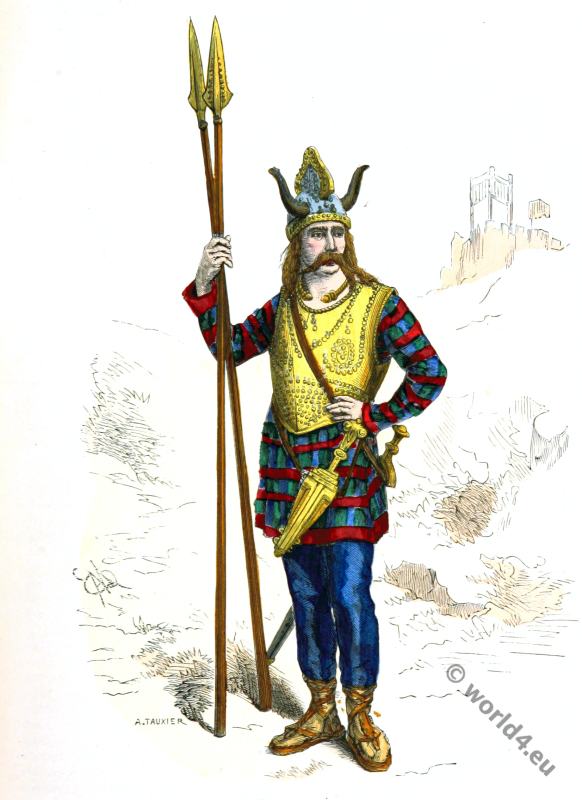Statue of Roman Emperor Julian in 360.
Julian in 360 proclaims at the Palais des Thermes. Was found in 1850. Statue de l’empereur Julien, proclame en 360 au palais des Thermes. Fut trouvée en 1850.
Julian was a grandson of Emperor Constantius I., a nephew of Emperor Constantine the Great and a cousin of Emperor Constantius II. Julian was the gentile name of imperial dynasty, Flavius, the name of his alleged ancestor Claudius Gothicus and the name of his grandfather, Julian. He had two older half-brothers and a half-sister, the children of the Galla, the first wife of Julius Constantius. His cousin named Julian 355 to Caesar (Under Emperor) and commissioned him to defend Gaul against the Germans. He fulfilled this task with great success. He let himself proclaim by wearing on a shield after Germanic tradition as Roman emperor and appointed in the year 361 the Gallic senator Claudius Mamertinus as consul. The appointment to the king by wearing on a shield was customary with the Goths and Frankish kings of the Merovingian to the beginning of the Carolingian period. By Pippin III. the anointing was introduced and then replaced by enthronement and coronation.
Julian was the only Roman emperor, who moved to paganism by Christianity. His predecessor, the Roman Emperor Constantine had not yet raised Christianity as the state religion, which should be done first under Theodosius I.. He renewed pagan cults and their ruined temple and presented the priesthood again. He banned the provision of education in pagan literature by Christian teachers. Contrary to later tradition he never executed Christians because of their faith. In his work Contra Galilaeos (Against the Galileans – so he called the Christians) and in many letters he showed mistakes and dangers of the Christian faith and portrayed Christians as apostates of Judaism, a much older and generally accepted religion. According to the church historian Sozomen he formulated as follows: “I have read, I understand, I have rejected!” He died on June 26 at Maranga on the Tigris, as his role model Alexander the Great at the age of only 32 years. With him ended the Roman Constantinian dynasty. As for the pictorial representations, so consists in research for several years through the view that there is no secured contemporary illustrations of the Emperor beyond the coins. This also applies to the famous statue, today located in Paris that has often been interpreted as a contemporary portrait Julians.
From thé book: Paris à travers les siècles. Histoire nationale de Paris et des Parisiens depuis la fondation de Lutèce jusqu’à nos jours, by Nicolas Jules Henri Gourdon de Genouillac. Published 1879.
Related:
(Ancient Egypt, Minoan, Assyria, Roman, Levante fashion history)
- Assyrian and Babylonian culture and fashion.
- Egyptian costume history.
- Minoan costume history.
- The Amazons.
- Ancient Roman costume history. B.C. 53 to A.D. 450..
- Ancient Costumes of the Persians and other Asiatics.
- Ancient Costume History of Egyptian, Greek, Roman and others.
- The Roman Tunica or Greek Chiton.
- The Roman Paenula. The cowl or hood.
- The Toga and the manner of wearing it.
- The Gallic and Gallo-Roman costume period.
- The shields of the Gauls. Clans in the Roman Empire.
- The Barbarian Invasions. The Migration Period in Europe, 395-527 A. D.
- Roman legionary in full armor.
- Roman Britain. Maps, Places, Tribes. Historical atlas.
- Celt and Roman. History of England 43 BC to 440 AD.
- Gallic and Gallo-Roman helmets of Celtic warriors.
- The Roman Paenula. The cowl or hood.
- Roman, Greece and Egypt. The Corset and the Crinolin fashion history.
- Frankish Merovingian costume history. 4th and 5th century.
- Byzantine costume history. 5th to 6th century.
- The Carolingian fashion period 752-987. Reign of Charlemagne.
- The Carolingian Fashion Period 987 to 1270.
- Europe in the time of Charles the Great 768 – 814. Maps and Places.
- Alfred the Great. The first English king.
- King Harold II. Last Anglo-Saxon king of England.
- Monachism. Monastic costumes history.
Posts (Random)
[sitecreator show=”5″]
Discover more from World4 Costume Culture History
Subscribe to get the latest posts sent to your email.



